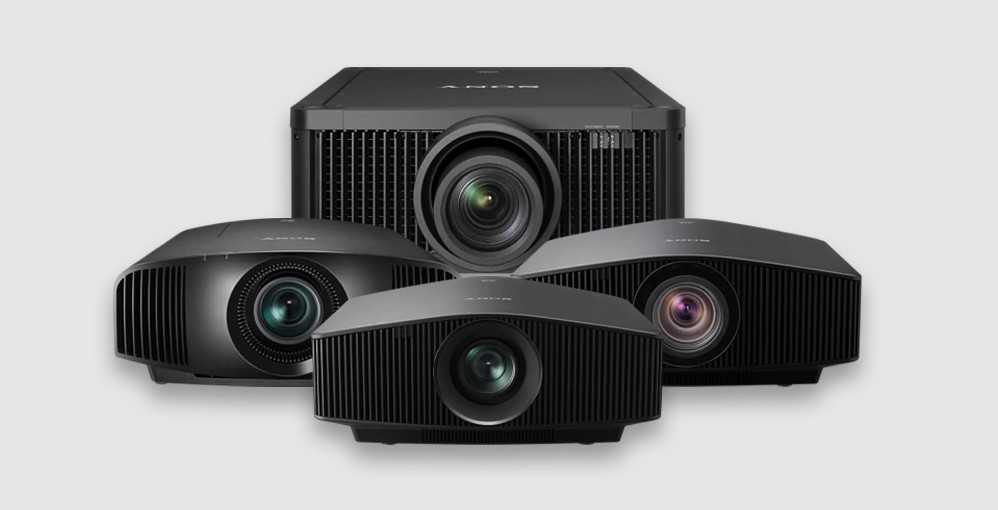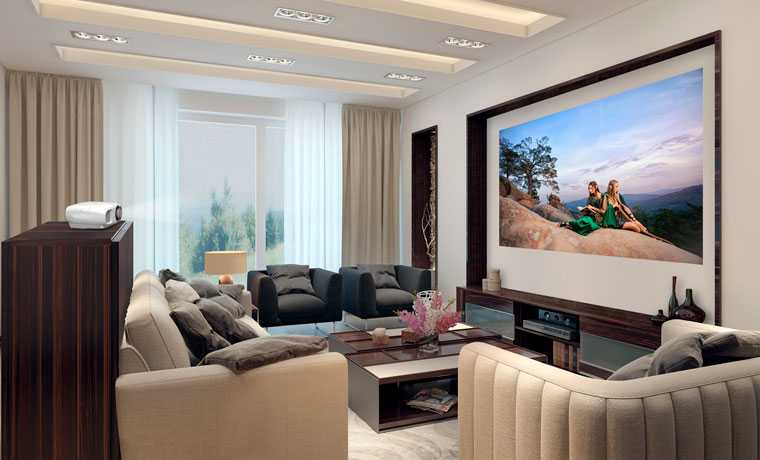Today projectors are an integral part of offices, meeting rooms, cinemas and educational institutions. In terms of image quality, they are not inferior to digital TVs, and in terms of diagonal and capabilities they surpass them in many ways. They are lightweight and easy to transport, allow you to create a huge image that is clearly visible even for 100 or more people in the audience, and are compactly placed on a table or ceiling, which does not take up unnecessary space during downtime. They are used in homes, educational institutions and offices. To select a projector for a specific purpose, it is important to know its capabilities.
Types of projectors to choose from
The correct selection of a projector is, first of all, in the correct definition of the scope. Today, manufacturers themselves position their model lines with an indication of the possibilities for application in a specific field of activity.

For educational institutions and offices
Equipment for schools, universities and office presentations is not too high resolution, but sufficient brightness, which allows you to show slides and videos for small and large audiences up to 100 people. Often these projectors are used to familiarize the audience with diagrams or statistics. The image is usually in a static mode, and the importance of the details of the material is not so great, so high definition is not required - usually everything is clearly visible.
For large presentations and performances
This category is distinguished by its high rates of resolution and contrast. Such projectors also have the ability to expand the picture up to 15 meters, which means they are not cheap. This allows you to broadcast the filming of the performances of the artists on the big screen or accompany the concert with additional images. Models of such projectors for office use provide high definition, which helps to see the presented project with all the little details.
For home use
These projectors are typically used for viewing dynamic images and are suitable for both viewing content with family and friends, and are often designed for use in daylight. Such devices have good lamp brightness and sufficient definition clarity, which allows you to watch broadcasts from a TV tuner, sports events. or films in high quality with image diagonal up to 3-4 meters. These projectors can even work with game consoles.
How to use the projector in daylight?
Not every projector will do the trick and start working in a well-lit room or during mid-day. There are some specs required for ir, so you need to choose a projector wisely if you know that you will watch something with it during the day. Actually, there is an easy way to choose - simply follow a practical advice from Ray Crossman at iTechCluster and pick yourself one projector from his list.

But it’s useful to understand though, that brightness is important when choosing. Projectors with a brightness of 2000 lumens and above are specially designed to work in moderate light conditions. The lighter it is in the room, the higher the brightness should be - then the picture will be juicy and clear. A very good option is a projector with a brightness of around 3000 lumens. The brightness of such a projector will be enough even with a margin. It is best to use a special reflective screen with it.
How to use a projector to watch 3D content?
If you want to watch 3D movies or such, using your projector, then you have two possible options. First one is “active 3D” - glasses with LCD shutters which take turns closing one or another viewer's eye. This system is is synchronized with the display of the left and right frames of the projected stereo pair. This solution is ideal for home 3D projectors, although the glasses require battery power.
The second one is “passive 3D” - a pair of two standard projectors which allows for significantly higher brightness and screen size, even with budget models. Passive systems are much more acceptable for use with large audiences. The disadvantage of stacking two projectors is due to both the increased initial cost of the system - you will need to use 2 projectors instead of one, and the need to combine the two images into one, which can result in little loss. clarity in case of inaccurate pixel alignment. In addition to the above, the passive system requires a special polarization-preserving screen.



